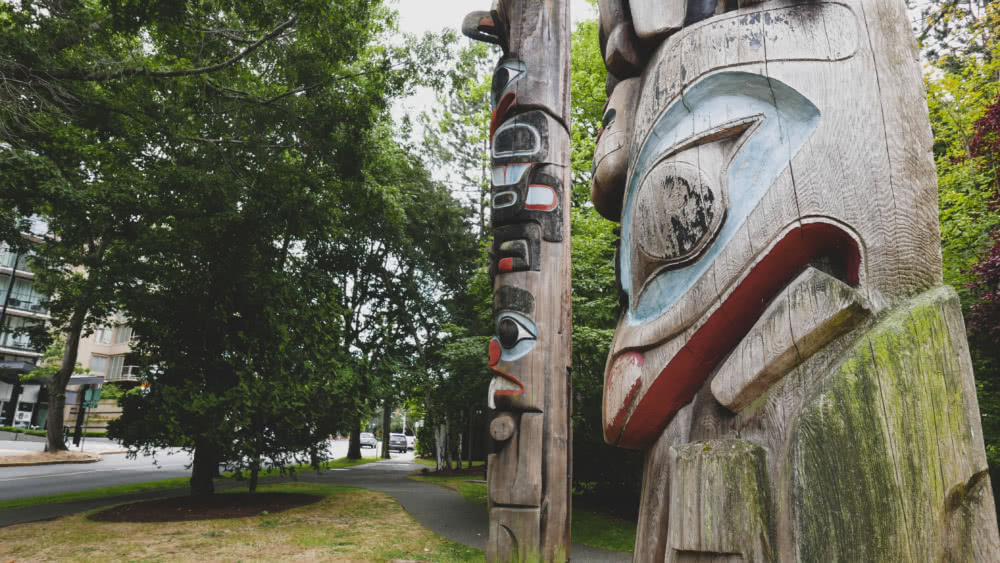The AEHCR Ceased Operations September 30, 2025
Definitions of Homelessness
These definitions of homelessness describe the range of accommodation people without appropriate, stable and permanent housing may experience. Individuals without acceptable housing experience a range of different types of homelessness, from being unsheltered to having housing that is insecure or inappropriate. Homelessness is not one single event or state of being, so it is important to recognize that at different points in time people may find themselves experiencing different types of homelessness.
UNSHELTERED
This includes people who lack and who who are not accessing emergency shelters or accommodation, except during extreme weather conditions. In most cases, people are staying places that are not designed for or fit for human habitation.
EMERGENCY SHELTERED
This refers to people who, because they cannot secure permanent housing, are accessing emergency shelter and system supports, generally provided at no cost or minimal cost to the user. Such accommodation represents a stop-gap institutional response to homelessness provided by government, non-profit, faith based organizations and/or volunteers.
PROVISIONALLY ACCOMMODATED
This describes situations in which people, who are technically homeless and without permanent shelter, access accommodation that offers no prospect of permanence. Those who are provisionally accommodated may be accessing temporary housing provided by government or the non-profit sector, or may have independently made arrangements for short-term accommodation.
AT-RISK OF HOMELESSNESS
Although not technically homeless, this includes individuals or families whose current housing situations are dangerously lacking security or stability, and so are considered to be at-risk of homelessness. They are living in housing that is intended for permanent human habitation, and could potentially be permanent (as opposed to those who are provisionally accommodated). However, as a result of external hardship, poverty, personal crisis, discrimination, a lack of other available and affordable housing, and / or the inappropriateness of their current housing (which may be overcrowded or does not meet public health and safety standards) residents may be “at risk” of homelessness.
Indigenous Definitions of Homelessness
“Indigenous homelessness is a human condition that describes First Nations, Métis and Inuit individuals, families or communities lacking stable, permanent, appropriate housing, or the immediate prospect, means or ability to acquire such housing. Unlike the common colonialist definition of homelessness, Indigenous homelessness is not defend as lacking a structure of habitation; rather, it is more fully described and understood through a composite lens of Indigenous worldviews. These include: individuals, families and communities isolated from their relationships to land, water, place, family, kin, each other, animals, cultures, languages and identities. Importantly, Indigenous people experiencing these kinds of homelessness cannot culturally, spiritually, emotionally or physically reconnect with their Indigeneity or lost relationships.”
– Aboriginal Standing Committee on Housing and Homelessness, 2012
Types of Homelessness
Chronic Homelessness
Refers to individuals who are currently experiencing homelessness and have been homeless for six months or more in the past year (i.e. have spent more than 180 cumulative nights in a shelter or place not fit for human habitation).
Chronic homelessness also includes individuals who are currently homeless and have experienced three or more episodes of homelessness in the past year.
Episodic Homelessness
Refers to individuals who are currently homeless and have experienced three or more episodes of homelessness in the past year.
Hidden Homelessness
Refers to individuals who are temporarily living with others, without guarantee of continued residency or immediate prospects for accessing permanent housing.
Causes of Homelessness
Structural Factors
Refers to economic and societal conditions that make individuals vulnerable to experiencing homelessness. An increase in the cost of living, without a proportionate increase in incomes, in a community, is an example of a structural factor that has the potential to make individuals vulnerable to experiencing homelessness.
Structural Factors also include factors such as stigma and discrimination, the lingering impacts of colonialism on Indigenous Peoples and lack of affordable housing.
Systemic Failures
Refers to situations in which systems of care and support fail, leaving individuals vulnerable to experiencing homelessness. System failures include situations in which youth in the child welfare system are not provided with adequate and/ or appropriate supports while transitioning out of the system, making them vulnerable to experiences of homelessness.
Personal Circumstances
Includes experiences such as job loss, illness, traumatic events, house fire, health problems, and family violence.
Ending Homelessness
Functional zero is a concrete, and measurable approach to ending homelessness. When a community has reached functional zero, it means homelessness is managed by an adequate amount of services and resources. Simply put, it means that there are enough, or even more homelessness-serving services and resources than needed to meet the needs of individuals who are experiencing homelessness, or are transitioning out of homelessness.
This definition and approach to ending homelessness gives communities the autonomy to reflect on what ending homelessness would and should look like, in consideration of the amount of people experiencing homelessness in it’s varying forms, the amount of supports currently available, and the supports needed to fill those gaps.
Source: HomelessHub
